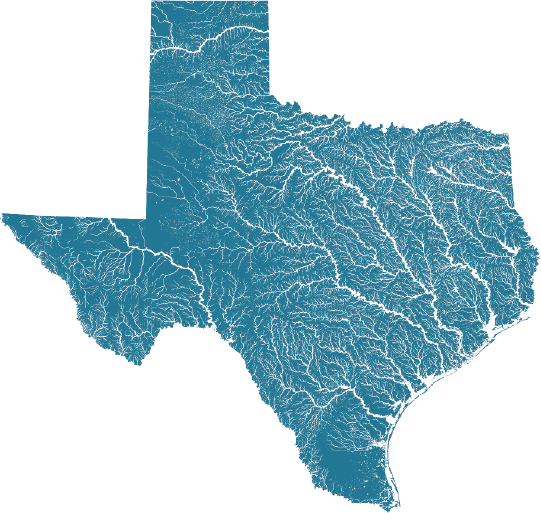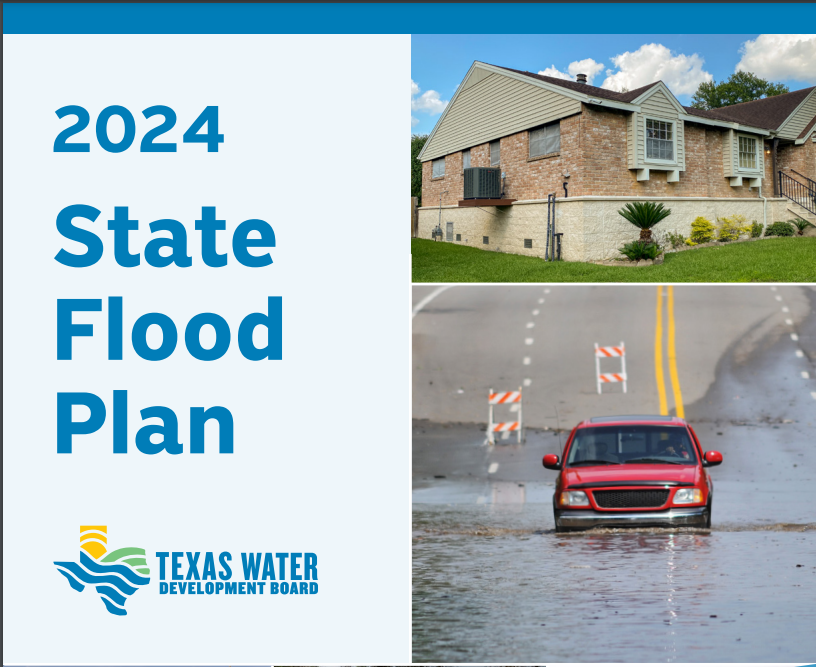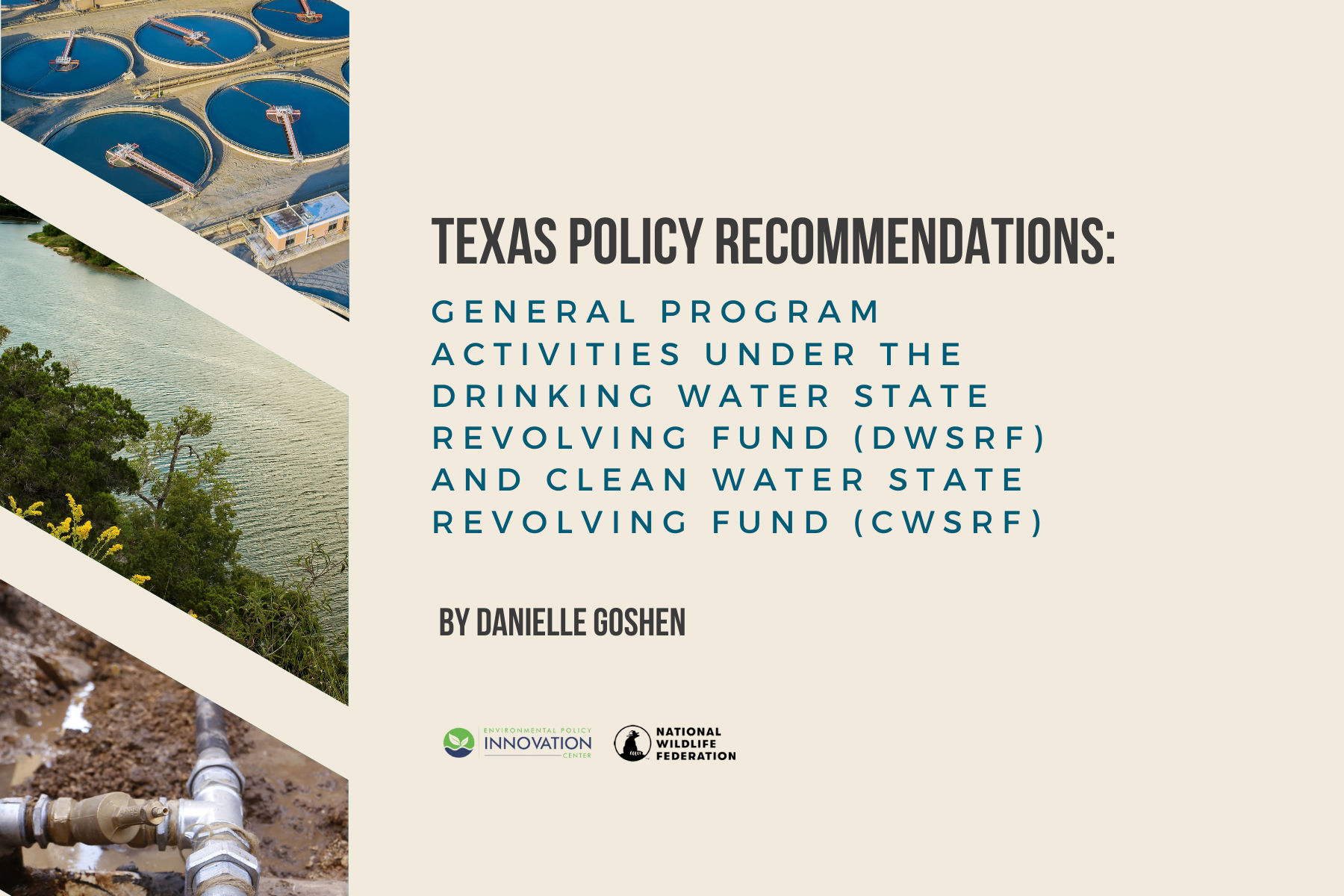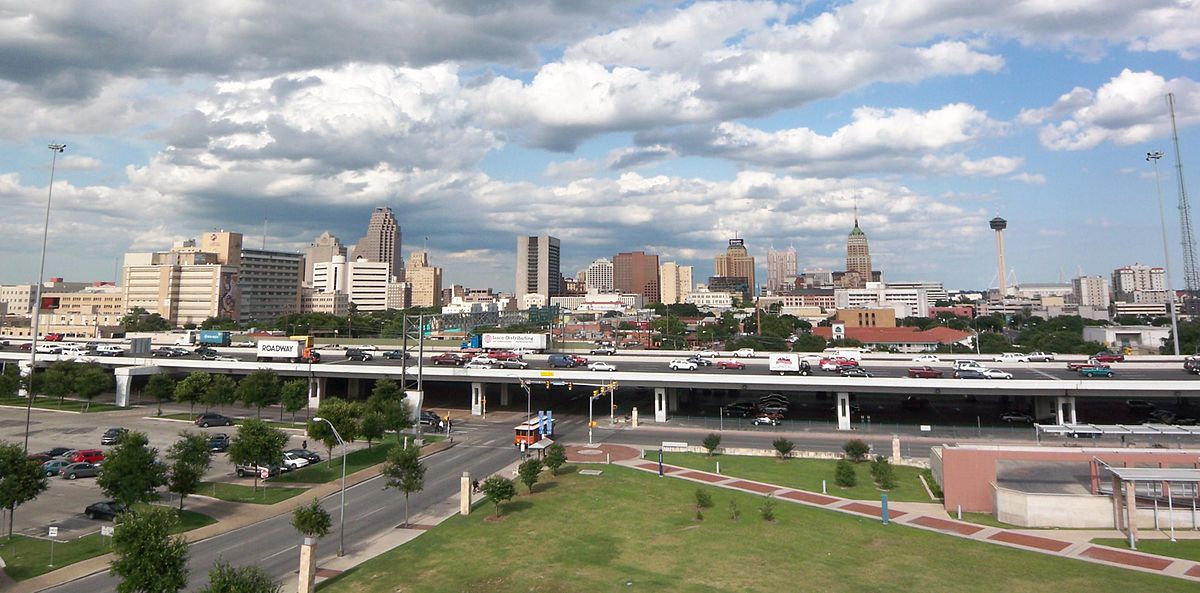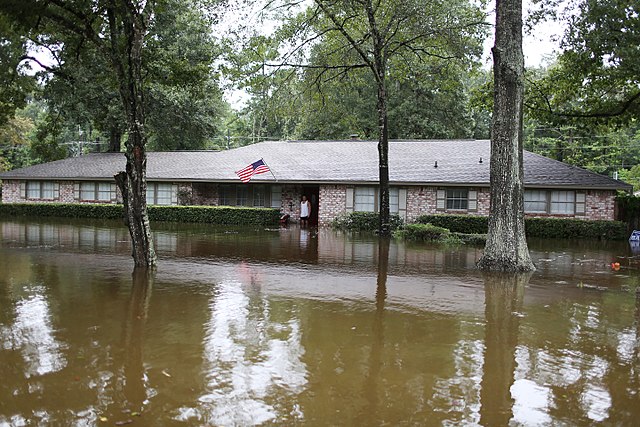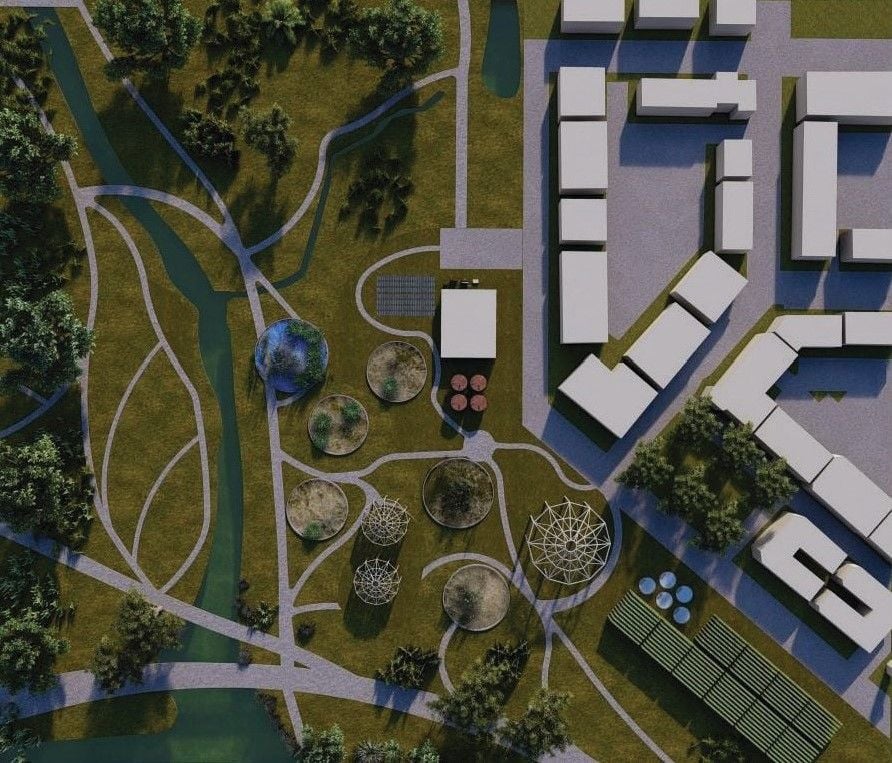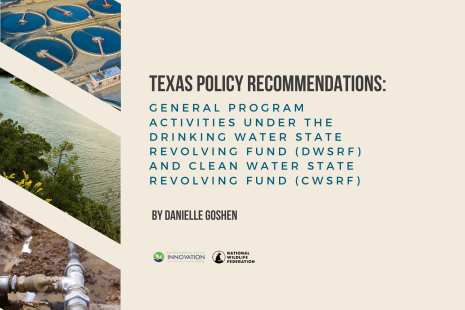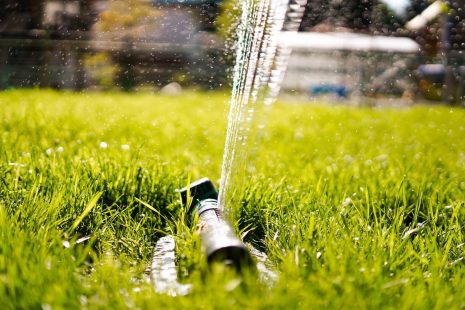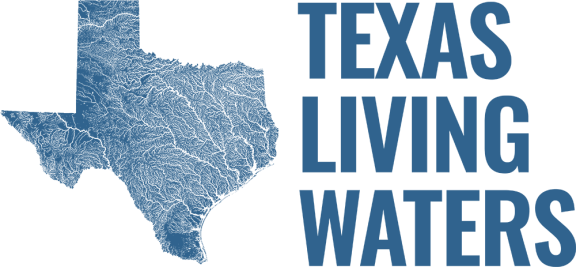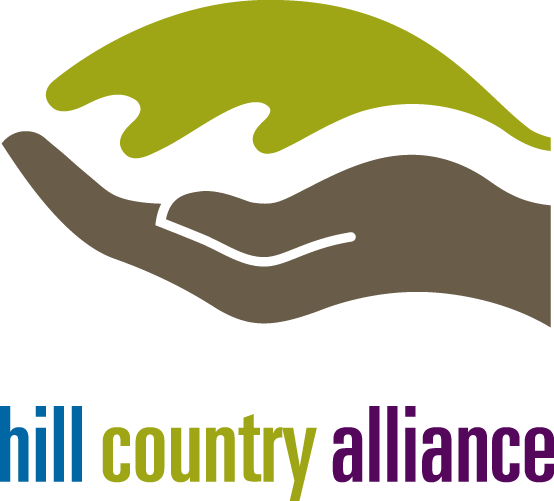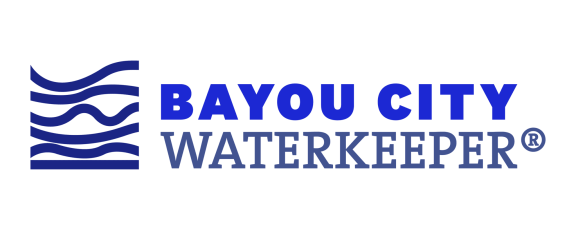State government decisions can have a big impact on our lives, our communities, and the natural resources we cherish.
It can be hard to know how real people can similarly shape those decisions. Luckily, in Texas, we have a process called Sunset.
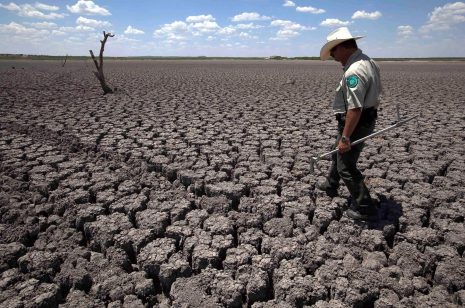
Every 12 years or so, the Legislature takes a hard look at the need for each and every state agency — why it exists, and what value it delivers to Texans. This is called the Sunset Review process, and it includes a deep dive into each agency’s mission, performance and operations. It generally culminates with a bill in the state legislature that keeps the state agency running but makes adjustments to it.
That process — and that legislation — lets Texans make our voices heard.
Right now, the Sunset Advisory Commission is reviewing the Texas Water Development Board (TWDB), the agency responsible for planning for Texas’ water resources. TWDB gives communities funding for water supply, wastewater and flooding projects; prepares the state water and flood plans; and develops and provides data to support water and flood management.
Most Texans have never heard of the TWDB, but it’s crucial to you and your community. If groundwater or surface water flows through your tap, or if floods ever threaten your community, or if creeks and rivers you love are drying up, then you should care about how TWDB shapes Texas’ water future. Unfortunately, Texas faces significant challenges in ensuring that future is sustainable:

- Today, 97 percent of Texas is experiencing drought.
- Many communities impacted from Hurricane Harvey five years ago haven’t recovered, let alone started preparing for the next flood.
- During Winter Storm Uri in 2021, half of all Texans experienced the interwoven weaknesses of the state’s power and water systems.
- Increasingly routine line breaks and boil notices reveal decades of water infrastructure underinvestment.
- More than a million Texans do not have access to clean, safe drinking water.
- Our environment, including the beautiful rivers and streams that are our natural heritage — and the wildlife and economies that water supports — face dangers ranging from pollution to drought to neglect.
Such challenges are growing with Texas’ population, which will double in size over the next 50 years, and with more climate-driven drought, floods, and wildfires.
It’s time we forge a different future – one that is equitable, resilient and sustainable. The TWDB Sunset Review process offers our opportunity to do just that.
Key Priorities
The recently published Sunset staff report makes several recommendations to improve TWDB. We agree with those changes, but there’s far more the state can do to shape a sustainable water future, such as:
Improve Outreach and Financial Assistance
TWDB already provides almost $2 billion per year in grants and loans to communities for water, wastewater and flood projects. These local funding responsibilities will be more important than ever with the billions of federal dollars coming to Texas through the Bipartisan Infrastructure Law. To ensure that communities — including small, rural and disadvantaged communities — receive funding, TWDB should provide more technical assistance; increase grants; better identify disadvantaged communities in need; and provide additional assistance to develop innovative and nature-based projects.
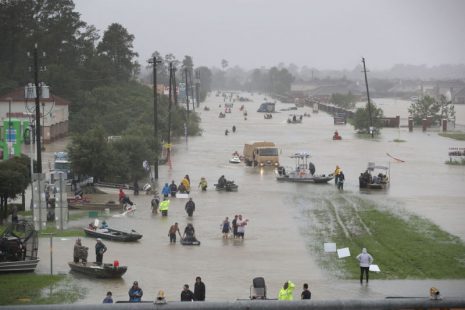
Expand Data and Guidance in State Water Planning Process
In many ways, TWDB administers the State’s Regional Water Planning process effectively. In others, however, it has limited oversight and does not provide clear guidance. The agency can — and should — provide more data and guidance on how conservation, drought, water loss, and climate change will affect Texas’ future water supply. In addition, recognizing and accounting for environmental flows and natural resources through the planning process can ensure long-term protection of the environment.
Prioritize Conservation and Water Loss
Nearly 30% of our future water supply will come from conservation, according to the 2022 State Water Plan, so effective water planning requires meaningful conservation data and strategies. Along those lines, Texas must address water loss to ensure we’re using and bolstering our water supply efficiently. TWDB and the Water Conservation Advisory Commission can do more to provide updated conservation goals and strategies, establish acceptable water loss thresholds, and verify water loss data.
Emphasize Equity and Nature in Flood Planning and Financing
TWDB’s flood planning and funding is still relatively new, but it should still be more equitable and provide greater incentives for nature-based projects. The agency, having missed opportunities to prioritize projects for economically distressed and underserved populations, should prioritize economically distressed areas for Flood Infrastructure Fund money, and it should give additional priority points, and increase grant amounts, for nonstructural, nature-based projects. TWDB should also increase its education and outreach to communities most affected by floods, and help applicants incorporate nature-based features into their projects.
Support Groundwater Management and Planning
TWDB provides needed scientific, modeling, water planning and funding to help Texas meet its surface water needs. That should include the sustainable use of groundwater resources. But despite the significance of groundwater management — and of joint planning for groundwater and surface water resources — in the water planning process, TWDB’s groundwater role is limited. By enhancing TWDB’s role in groundwater management and planning, increasing the agency’s guidance and oversight of local groundwater planning assumptions, and establishing “modeled sustained pumping” volumes, the state can help ensure sustainable use of groundwater for the future.
That’s a lot — and it’s only a start. There’s far more to do. Texas’ water resources are both vital and limited, and TWDB is the first and last line of defense in safeguarding water for current and future Texans.
So this year’s Sunset process offers a unique chance to support and improve TWDB’s work — and to ensure it’s doing all it can to create a sustainable future for Texas. We won’t have another opportunity like this for 12 years.
What you can do
Send comments or testify at the public hearing in Austin on April 27. Talk to your legislators. Make your voice heard.
Legislators need to know it’s time to act. Let them know that every Texan deserves reliable water, protection from floods, and thriving rivers, bays and ecosystems.
